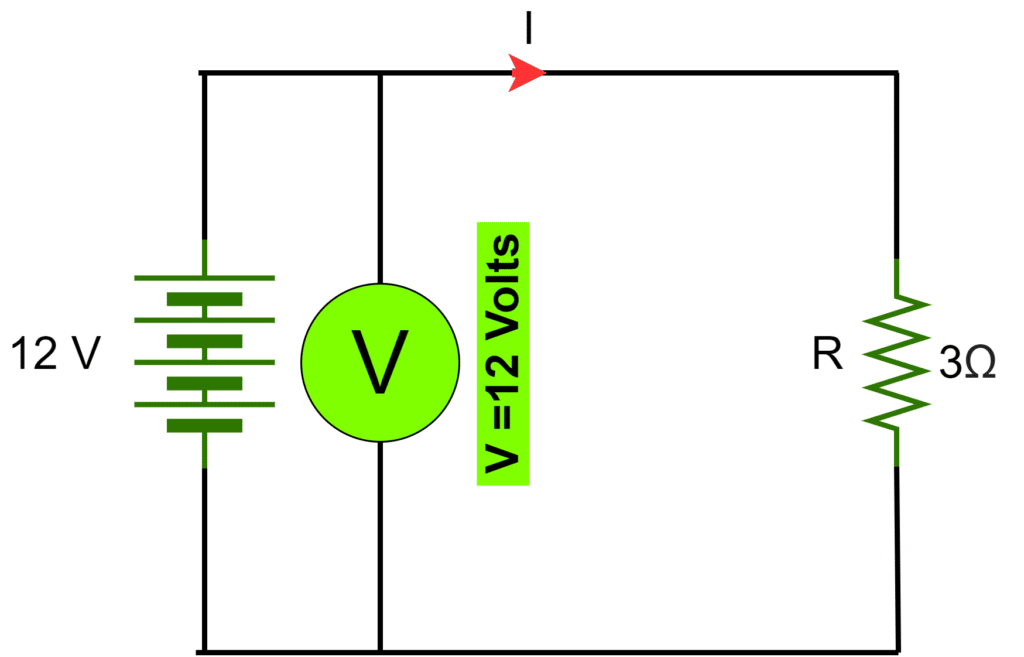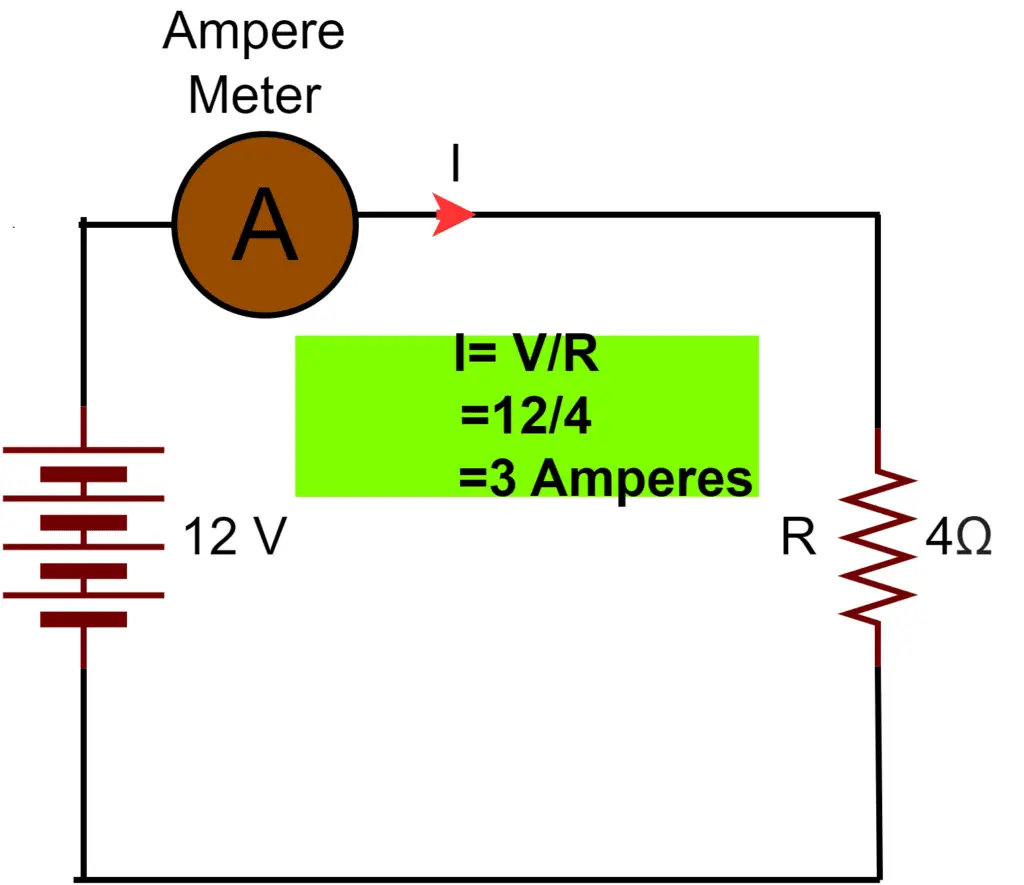Volts and amperes are two important electrical quantities that show the measurement of electricity. The voltage is also known as electric pressure, and it is the measure of the electric potential difference between two points. On the other hand, the ampere is the measure of electric current. Volts and amps are closely related terms and we can sometimes get confused in understanding these terms. In this article, let us learn the major differences between volts and amps.
What is a Volt?
The electric current flows through a conductor if there exists a potential difference between the two points of the conductor. The potential difference between the two points is also called electromotive force or electric pressure. The more potential difference between two points causes more electrons to pass through the conductor. In other words, we can say the electric current flowing through a conductor is proportional to the electric potential difference between two points of the conductor.

There should be some measurement of this electric potential to know the strength of the electromotive force or electric pressure. The voltmeter is an instrument that measures the electric potential and shows the voltage reading in volts. Volt is the unit of electric pressure or electric potential difference.
The voltmeter measures the electric potential.
What are Amps or Amperes?
Ampere or amps is the unit of electric current. Let us understand how the electric current flows in an electric conductor. When we apply voltage to a circuit, the voltage causes electrons to flow through a conductor.

The electric current is nothing but the flow of electrons caused by the voltage The electric current is measured in amperes. The ampere meter measures the electric current.
Thus, the volt and amperes are very important for designing any electric or electronic circuit.